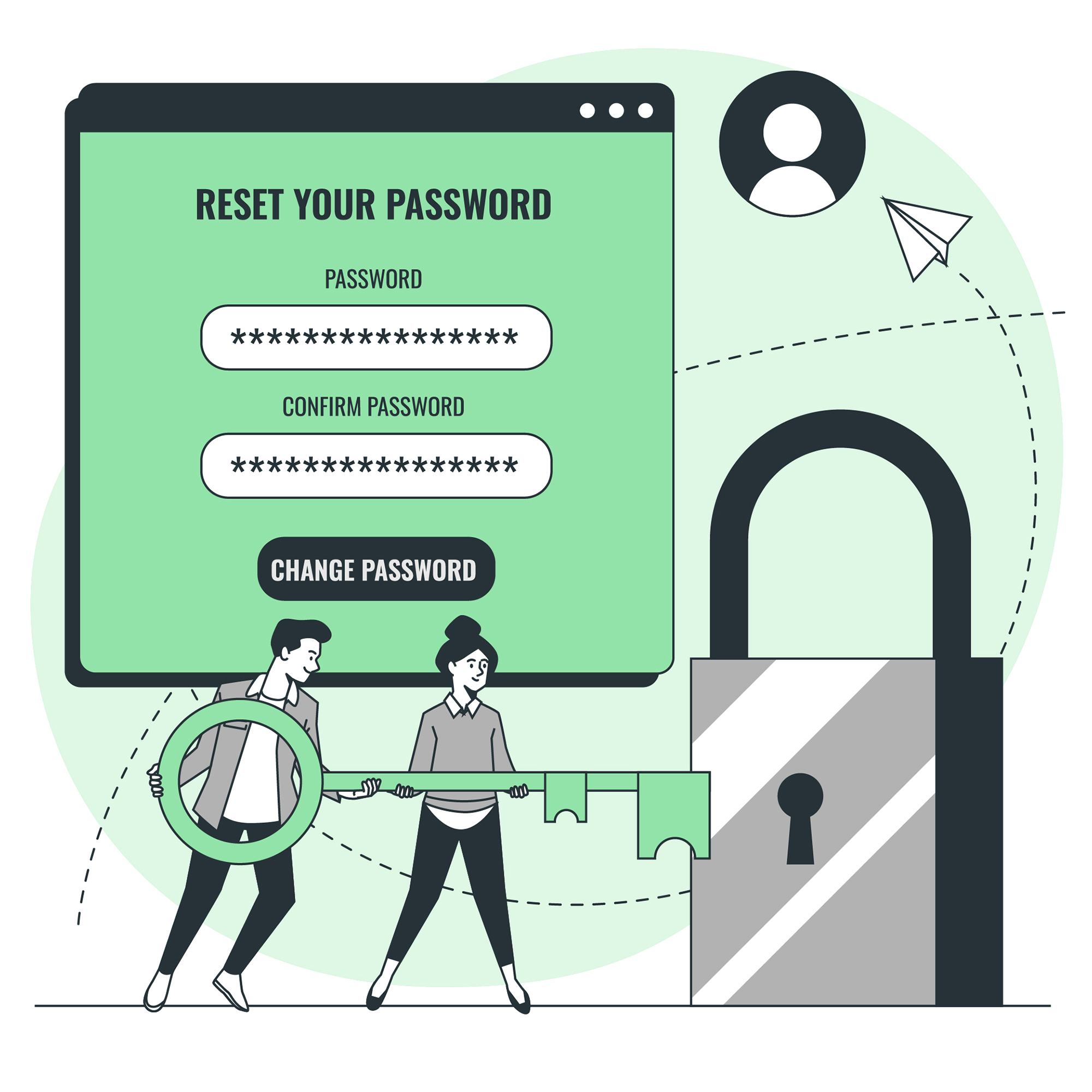Exploring Future Alternatives to Authentication
Passwords have been a critical component of authentication for many years. They provide an easy way for users to quickly and securely access accounts and data by entering the correct password. Despite their convenience and effectiveness, passwords are often considered outdated and insecure. In this article, we’ll explore the issues with passwords, alternatives to them, and what the future of password regulation may look like.
What Are Passwords?
Passwords are a form of authentication that requires users to enter a string of characters to gain access to accounts, computers, websites, and other forms of data. A valid password must not be easy to guess, must not be shared, and must contain a combination of upper- and lower-case letters, numbers, and symbols. Though they are rarely foolproof, passwords are generally considered secure and are used to protect data from unauthorized access.
Assessing the Issues of Passwords
Despite their effectiveness as an authentication tool, passwords have some major drawbacks. For one, they often require users to remember multiple passwords for different accounts. Also, if passwords are compromised or forgotten, users must go through a lengthy process to gain access to their accounts. Finally, passwords can be quite insecure if they are not strong or regularly updated. As such, it is important to find alternatives that are both secure and user-friendly.
Exploring Alternatives to Traditional Authentication
In an effort to find better solutions to authentication, many tech companies are exploring alternatives such as biometrics, physical tokens, passphrases, and multi-factor authentication. Biometrics are biological markers such as fingerprints, iris scans, and voice recognition used to identify and authenticate users. Physical tokens are physical objects such as USB sticks or smart cards that can unlock accounts or access restricted data. Passphrases use a combination of words, numbers, and symbols to create secure passwords that are easier to remember than random strings of characters. And multi-factor authentication requires users to enter two forms of authentication, such as a password and a code sent to their mobile devices.
Biometrics & Physical Tokens
Biometric authentication is becoming increasingly popular as a secure alternative to passwords. It involves the use of fingerprints, iris scans, and voice recognition to identify and authenticate users. Biometric authentication is often seen as a more secure method than passwords, as it requires physical characteristics like fingerprints rather than a string of characters to gain access. Physical tokens, such as USB sticks or smart cards, can also be used to access data or devices. These tokens are often used in corporate environments, as they offer an extra layer of security.
Passphrases & Multi-Factor Authentication
Passphrases are another alternative to traditional passwords. These long, complex passwords are composed of words, numbers, and symbols and can be easier for users to remember than random characters. Multi-factor authentication (MFA) is another option for an increased level of security. MFA requires users to enter two or more forms of authentication, such as a password and a code sent to their mobile phones, in order to gain access to their accounts.
Password Managers & Passwordless Login
Password managers can also be used to store passwords securely and provide users with an easy way to keep track of them all. These services allow users to store passwords in an encrypted database and generate new passwords for new accounts. Passwordless login, on the other hand, allows users to access accounts without passwords. Instead, users log in with a code sent to their phones or computers.
Password Standards & Security Rankings
Password standards provide a set of criteria that passwords must meet in order to be considered secure. Common standards include length requirements, the use of numbers and symbols, and the requirement to not reuse passwords. Security rankings are also used to assess the strength of passwords. Rankings range from “poor” to “excellent,” and can be used to identify weak passwords and ensure that users are using strong ones.
Making Passwords Easier to Remember
Making passwords easier to remember is key to making them more secure. Users should create long, complex passwords that cannot be easily guessed. Passwords should never be shared or reused. Additionally, users can use passphrases or password managers to store and remember passwords.
The Future of Password Regulation
As passwords become increasingly outdated, governments around the world will likely enact new laws that regulate their use. These laws may require companies to adopt more secure authentication protocols, or require users to use stronger passwords and update them more frequently. Additionally, there may be laws that require companies to use multi-factor authentication or encryption to protect their data.
What Will Passwords Look Like in the Future?
In the future, passwords are likely to become more complex and more secure. Additionally, they may become harder to remember, as more sophisticated alternatives become available. However, passwords are unlikely to disappear entirely, as they remain a popular form of authentication that is easy to use and understand.
=== Summing up The Future of Passwords: Exploring Alternatives to Traditional Authentication
Passwords have been a critical part of authentication for many years, and despite their drawbacks, their use is likely to persist. As such, it is important to explore alternatives to traditional passwords and work towards improving their security. This can be accomplished through the use of biometrics, physical tokens, passphrases, multi-factor authentication, and password managers. Additionally, governments may enact laws that regulate the use of passwords and require companies to use more secure authentication protocols. By exploring these alternatives and implementing regulations, we can create a secure, user-friendly authentication system that can stand the test of time.




![Crafting Unforgettable Passwords: A Guide for Developers A string of random characters typically has higher entropy compared to a few common words due to the vast number of possible combinations. For example, a 10-character lowercase password has roughly the same entropy as a 4-word passphrase picked from a 5000-word dictionary [5].](https://passwordclinic.com/wp-content/uploads/2024/06/automation-section-3-150x150.webp)




![A string of random characters typically has higher entropy compared to a few common words due to the vast number of possible combinations. For example, a 10-character lowercase password has roughly the same entropy as a 4-word passphrase picked from a 5000-word dictionary [5].](https://passwordclinic.com/wp-content/uploads/2024/06/automation-section-3.webp)

